-
 Bitcoin
Bitcoin $115700
0.65% -
 Ethereum
Ethereum $3785
3.93% -
 XRP
XRP $3.033
1.78% -
 Tether USDt
Tether USDt $1.000
0.04% -
 BNB
BNB $770.7
0.50% -
 Solana
Solana $168.4
0.56% -
 USDC
USDC $1.000
0.02% -
 TRON
TRON $0.3403
1.83% -
 Dogecoin
Dogecoin $0.2113
3.84% -
 Cardano
Cardano $0.7539
2.34% -
 Hyperliquid
Hyperliquid $38.84
1.28% -
 Sui
Sui $3.700
6.88% -
 Stellar
Stellar $0.4069
2.56% -
 Chainlink
Chainlink $17.80
6.93% -
 Bitcoin Cash
Bitcoin Cash $573.5
0.73% -
 Hedera
Hedera $0.2478
1.24% -
 Ethena USDe
Ethena USDe $1.001
0.00% -
 Avalanche
Avalanche $22.42
1.58% -
 Litecoin
Litecoin $120.6
2.58% -
 UNUS SED LEO
UNUS SED LEO $8.962
-0.29% -
 Toncoin
Toncoin $3.296
2.09% -
 Shiba Inu
Shiba Inu $0.00001251
1.77% -
 Uniswap
Uniswap $9.982
3.75% -
 Polkadot
Polkadot $3.710
1.55% -
 Dai
Dai $1.000
0.00% -
 Bitget Token
Bitget Token $4.425
1.98% -
 Monero
Monero $265.2
-7.14% -
 Cronos
Cronos $0.1472
2.44% -
 Pepe
Pepe $0.00001073
2.66% -
 Aave
Aave $270.9
4.17%
How to operate Bitstamp contract
For funding methods, you can use bank transfers, credit cards, or cryptocurrencies to deposit into your Bitstamp account to initiate contract trading.
Nov 12, 2024 at 12:38 am
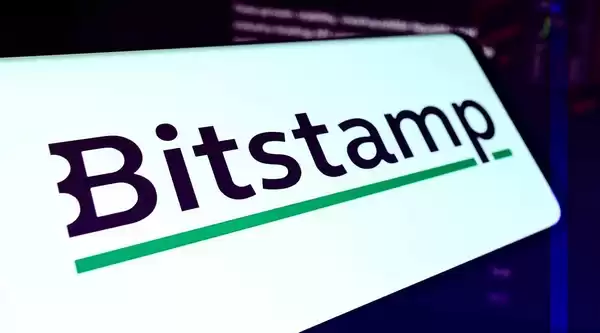
Step 2: Depositing Funds into Your Bitstamp Account
Once you've set up your Bitstamp account, you'll need to deposit funds into it in order to start trading contracts. You can do this by bank transfer, credit card, or cryptocurrency.
To deposit funds by bank transfer, simply log in to your Bitstamp account and click on the "Deposit" button. Then, select "Bank Transfer" from the drop-down menu and enter the amount you want to deposit. You'll then be provided with the bank account details to which you should send the funds.
To deposit funds by credit card, simply log in to your Bitstamp account and click on the "Deposit" button. Then, select "Credit Card" from the drop-down menu and enter the amount you want to deposit. You'll then be redirected to a secure payment gateway where you can enter your credit card details.
To deposit funds by cryptocurrency, simply log in to your Bitstamp account and click on the "Deposit" button. Then, select "Cryptocurrency" from the drop-down menu and select the cryptocurrency you want to deposit. You'll then be provided with the cryptocurrency address to which you should send the funds.
Step 3: Understanding Bitstamp Contract Types
Bitstamp offers two types of contracts: perpetual contracts and futures contracts.
- Perpetual contracts are contracts that do not have a fixed expiration date. This means that you can hold a position in a perpetual contract for as long as you want. Perpetual contracts are also typically more liquid than futures contracts, as there is always a market for them.
- Futures contracts are contracts that have a fixed expiration date. This means that you must close out your position in a futures contract before the expiration date. Futures contracts are typically less liquid than perpetual contracts, as there is only a market for them during the time leading up to the expiration date.
Step 4: Placing a Contract Order
To place a contract order, simply log in to your Bitstamp account and click on the "Contracts" tab. Then, select the contract type you want to trade and enter the order details.
The order details will include the following information:
- Order type: The type of order you want to place. Market orders are executed immediately at the current market price, while limit orders are executed at a specified price.
- Side: The side of the order you want to place. Buy orders are used to open long positions, while sell orders are used to open short positions.
- Quantity: The number of contracts you want to trade.
- Price: The price at which you want to place your order. For market orders, this field will be left blank.
Once you've entered the order details, simply click on the "Place Order" button. Your order will then be submitted to the Bitstamp order book.
Step 5: Monitoring Your Contract Position
Once you've placed a contract order, you can monitor your position by clicking on the "Positions" tab. This tab will show you a list of all your open positions, as well as their current profit and loss.
You can also use the "Positions" tab to close out your positions. To close out a position, simply click on the "Close" button next to the position. You will then be prompted to confirm the closing order.
Step 6: Withdrawing Funds from Your Bitstamp Account
Once you've closed out all of your positions and have a positive balance in your account, you can withdraw your funds. To withdraw funds, simply log in to your Bitstamp account and click on the "Withdraw" button. Then, select the withdrawal method you want to use and enter the amount you want to withdraw.
Disclaimer:info@kdj.com
The information provided is not trading advice. kdj.com does not assume any responsibility for any investments made based on the information provided in this article. Cryptocurrencies are highly volatile and it is highly recommended that you invest with caution after thorough research!
If you believe that the content used on this website infringes your copyright, please contact us immediately (info@kdj.com) and we will delete it promptly.
- Bitcoin's Wild Ride: Bollinger Bands, $117K, and What's Next?
- 2025-08-08 00:30:12
- Ripple, Rail, and Stablecoin Payments: A $200M Power Play
- 2025-08-07 22:50:12
- Punisher Coin Presale: The Next $Trump? Aiming for 100x Gains!
- 2025-08-07 22:50:12
- Riding the Crypto Wave: Presale Cryptos, Cold Wallets, and the BTC Bull Run
- 2025-08-07 23:10:12
- Crypto's Wild Ride: Punisher Coin, Popcat, and the Meme Coin Mania
- 2025-08-07 23:10:12
- Bitcoin Price, XRP Prediction, Cryptocurrency: Navigating the Wild West of Digital Assets
- 2025-08-07 23:15:12
Related knowledge
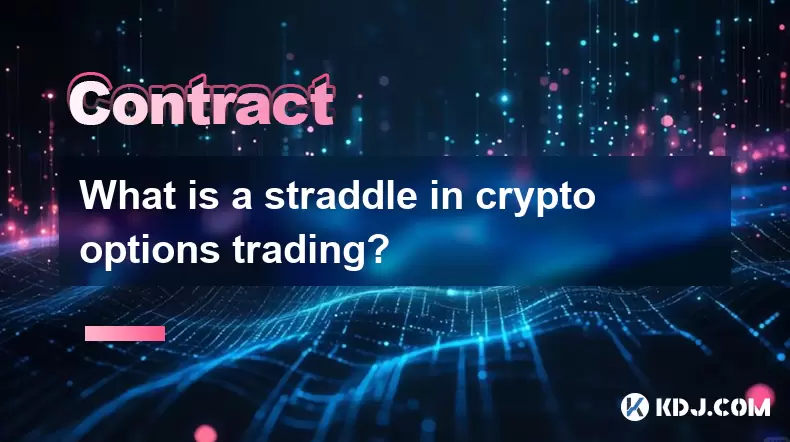
What is a straddle in crypto options trading?
Aug 07,2025 at 11:15pm
Understanding the Basics of a Straddle in Crypto OptionsA straddle is an options trading strategy used when a trader expects significant price movemen...
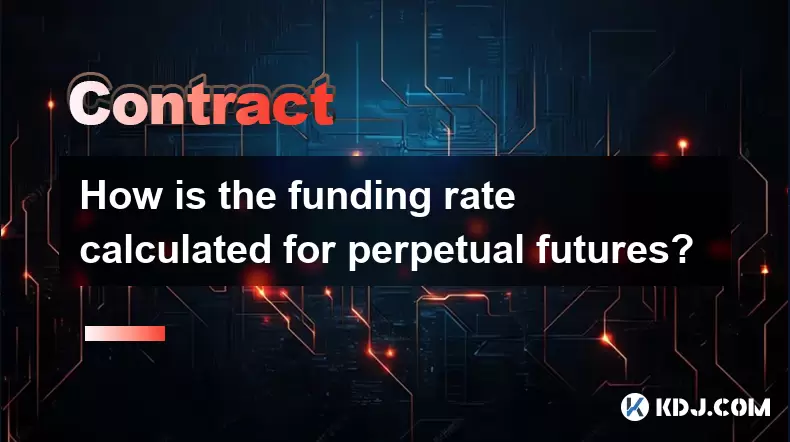
How is the funding rate calculated for perpetual futures?
Aug 07,2025 at 11:36pm
Understanding the Basics of Perpetual FuturesPerpetual futures are a type of derivative contract that does not have an expiration date, allowing trade...
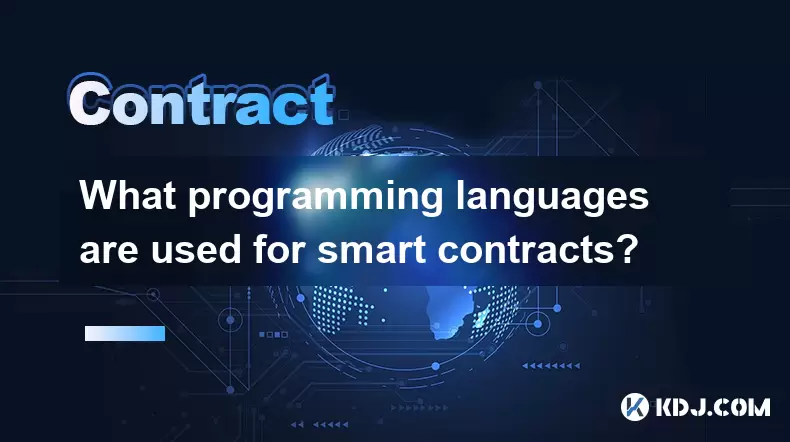
What programming languages are used for smart contracts?
Aug 07,2025 at 06:07pm
Understanding Smart Contracts and Their Execution EnvironmentSmart contracts are self-executing programs deployed on blockchain networks that automati...
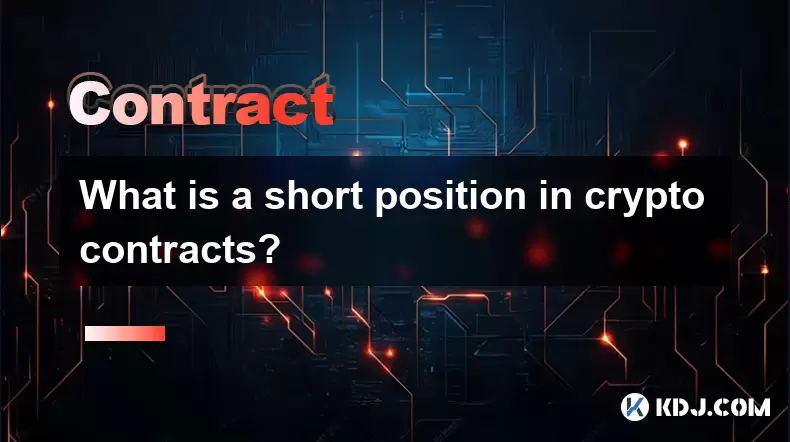
What is a short position in crypto contracts?
Aug 07,2025 at 11:42pm
Understanding the Concept of a Short Position in Crypto ContractsA short position in crypto contracts refers to a trading strategy where a trader prof...

What is a long position in crypto contracts?
Aug 07,2025 at 06:29pm
Understanding the Concept of a Long Position in Crypto ContractsA long position in crypto contracts refers to a trading strategy where a trader buys a...

Why is my Bitstamp futures position being liquidated?
Jul 23,2025 at 11:08am
Understanding Futures Liquidation on BitstampFutures trading on Bitstamp involves borrowing funds to open leveraged positions, which amplifies both po...

What is a straddle in crypto options trading?
Aug 07,2025 at 11:15pm
Understanding the Basics of a Straddle in Crypto OptionsA straddle is an options trading strategy used when a trader expects significant price movemen...

How is the funding rate calculated for perpetual futures?
Aug 07,2025 at 11:36pm
Understanding the Basics of Perpetual FuturesPerpetual futures are a type of derivative contract that does not have an expiration date, allowing trade...

What programming languages are used for smart contracts?
Aug 07,2025 at 06:07pm
Understanding Smart Contracts and Their Execution EnvironmentSmart contracts are self-executing programs deployed on blockchain networks that automati...

What is a short position in crypto contracts?
Aug 07,2025 at 11:42pm
Understanding the Concept of a Short Position in Crypto ContractsA short position in crypto contracts refers to a trading strategy where a trader prof...

What is a long position in crypto contracts?
Aug 07,2025 at 06:29pm
Understanding the Concept of a Long Position in Crypto ContractsA long position in crypto contracts refers to a trading strategy where a trader buys a...

Why is my Bitstamp futures position being liquidated?
Jul 23,2025 at 11:08am
Understanding Futures Liquidation on BitstampFutures trading on Bitstamp involves borrowing funds to open leveraged positions, which amplifies both po...
See all articles

























































































